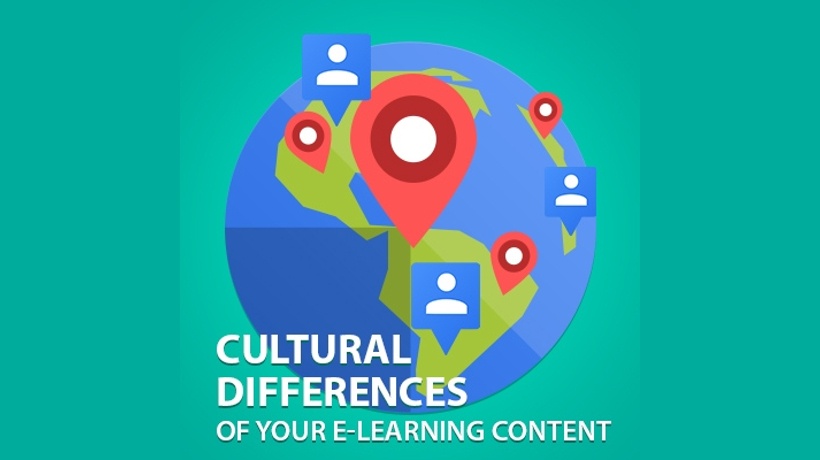Cultural Differences Can Change The Meaning Of Your e-Learning Content
A good strategy is to keep potential cultural differences in mind from the beginning stages of e-Learning development. This will help you to create culturally appropriate and effective training, so you don’t waste time and money designing a course that’s confusing or offensive to learners from a different country, language or background.
For a culturally appropriate and comprehendible online training course, consider these cultural differences as you develop your content:
Symbols and Signs
Culture-specific symbols and graphics are important to pay attention to because what may be appropriate for one audience could be offensive to another. For example, in America a “thumbs up” would be a great symbol that says “good job” after a correct quiz answer. However, this symbol could be offensive or misunderstood in parts of Africa, the Middle East, Latin America and Southern Europe. Some other icons that don’t translate well are area-specific symbols like dollar signs, road signs or sports teams which may not be recognized in other parts of the world. Keeping these tips in mind will help you as an e-Learning developer deliver the highest quality training to your audience.
Informal or Formal
Teaching styles for education and training can also differ between cultures. Informal teaching is the norm in the United Sates, where employees often speak up and give their opinions, whether they agree or disagree with the instructor. This is much different than the formal setting in China, where instructors usually initiate all conversation, and students will not typically add comments or express disagreement. It’s important to research the audience that will be taking your e-Learning course to ensure that you use the right style to make your training most effective.
Gender Roles
Since the roles of men and women in the workplace differ from culture to culture, it’s important to pay close attention to culture-specific gender roles and tailor your e-Learning content to align with those preferences. This is especially relevant when creating e-Learning courses for Middle Eastern countries, where a male leader is the social norm. Some researchers also suggest avoiding images showing men and women interacting, especially if training in multiple countries.
After you design your course, you should review it with subject matter experts in your intended audiences to make sure they understand all elements in your course. They’ll let you know if an image or a metaphor you’ve used doesn’t make sense to them.
You can also have an expert on the local culture look at your e-Learning content and recommend any adjustments you may need to make. For example, with a course on how to manage annual reviews, a local human resources expert could give you advice on local management styles or attitudes toward criticism that should be considered. Use all the feedback to adjust your course and include clear communication.
One cloud-based tool that makes it easy to share and review courses no matter where you are located is ReviewLink online course review tool. ReviewLink is offered in six languages: English, French, German, Spanish, Swedish and Chinese and makes it fast and easy to collaborate, review, and approve e-Learning course content—instantly and all in the cloud.









